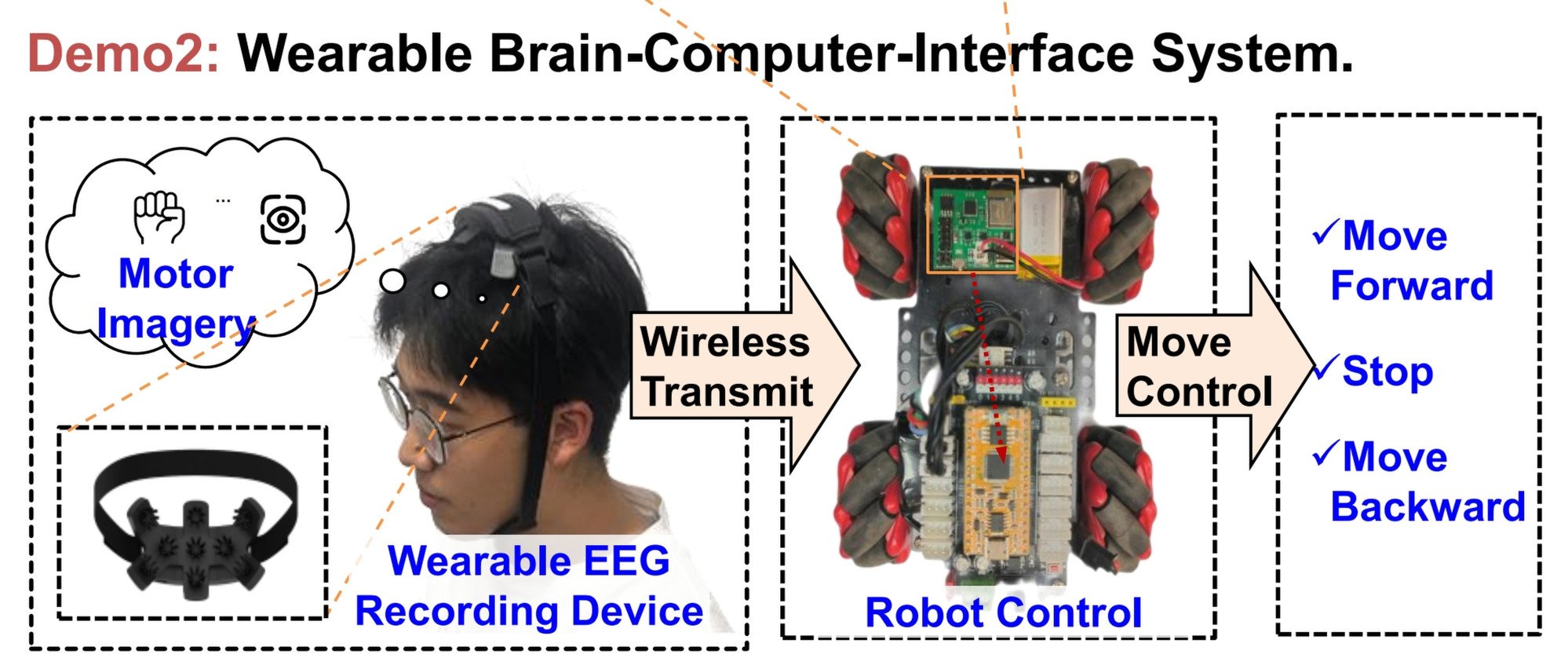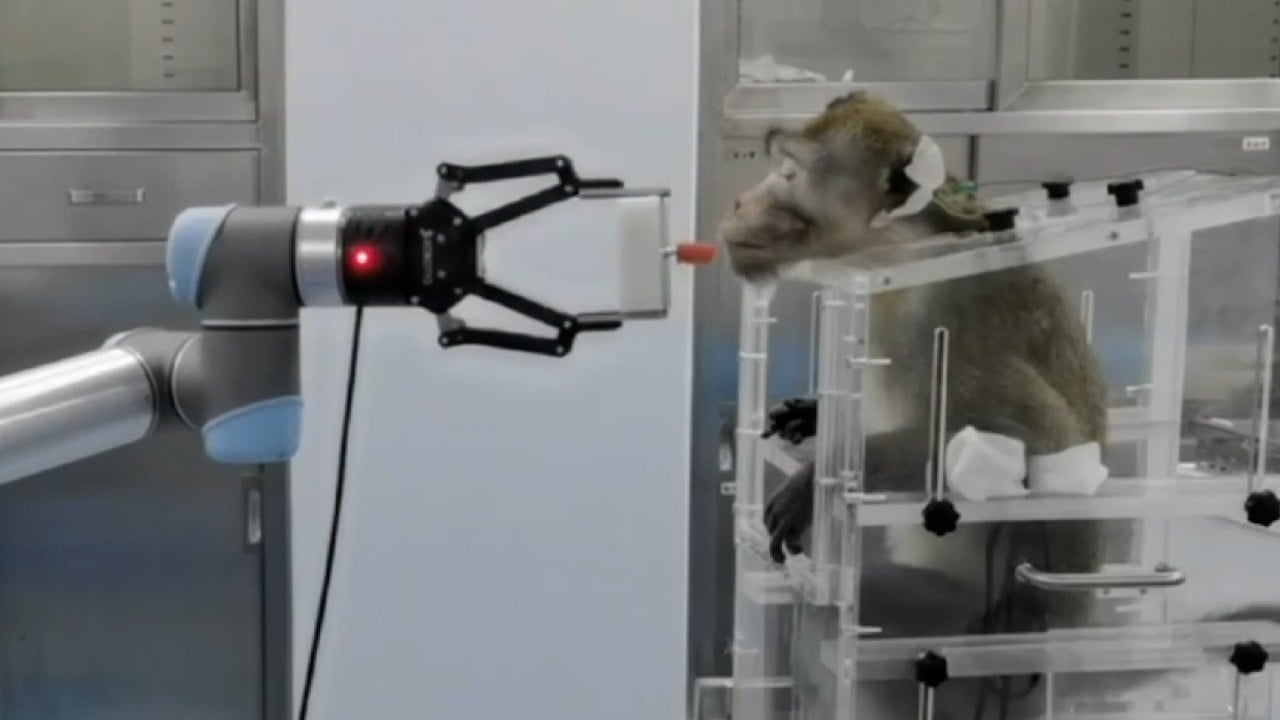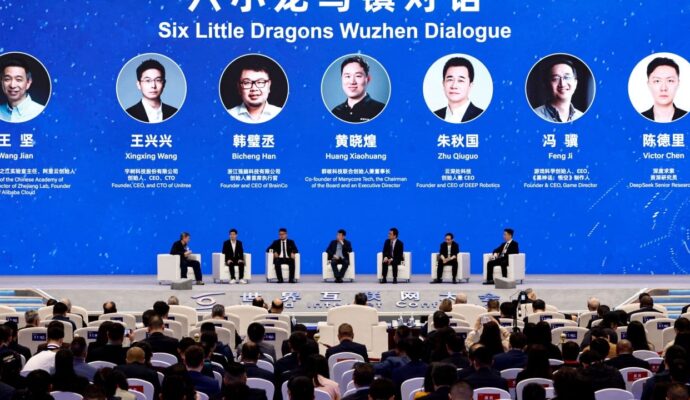The team presented two of these innovative chips at the IEEE International Solid-State Circuits Conference (ISSCC) 2024, the Olympics of the integrated circuit (IC) industry.
The ISSCC is an annual global gathering for solid-state circuits, where the best researchers, engineers and professionals meet to talk about new developments and the future of chip technology. This year’s conference was held in San Francisco from February 18 to 22.
China’s AI gap with US is widening: ‘we are all very anxious’
China’s AI gap with US is widening: ‘we are all very anxious’
Conventional chips also tend to suffer from high wake-up energy consumption and frequent false wake-ups, leading to low energy efficiency.
Zhou’s team proposed a novel architecture that overcomes these limitations through multiple optimisations, including dynamic computation engines, adaptive noise suppression circuit, and an integrated keyword and speaker recognition circuit.
“The chip achieves a recognition energy consumption of less than two microjoules per instance, with an accuracy rate exceeding 95 per cent in quiet scenes and 90 per cent in noisy environments, setting new global benchmarks for both energy efficiency and accuracy,” a report on the UESTC website said.
In a system demonstration, this 1 sq cm (0.155 square inch) chip was integrated into a 3cm x 3cm microcontroller unit inside a toy car to control its movements.

“Existing designs rely on extensive patient seizure data for training to achieve high accuracy, a process that is time-consuming and costly due to the low occurrence of seizures and the need for hospitalisation,” the report said.
To solve this particular challenge, the researchers optimised a zero-shot retraining algorithm allowing a pre-trained AI model to make accurate predictions on unseen data without the need for collecting patients’ seizure signals, achieving an accuracy rate of over 98 per cent.
Before use, patients simply need to wear the device for a two-minute calibration in their natural state, enabling the device to recognise individual signal characteristics.
With extra improvements in the feature extraction engine and on-chip learning engine, this chip’s average recognition energy consumption is only about 0.07 microjoules, the most energy-efficient design of its kind internationally.
The official report noted there had been a 10 per cent improvement in accuracy and a reduction in energy consumption of over 90 per cent compared to another chip presented at last year’s conference.
In a demonstration at ISSCC, real-time user EEG signals collected from a wearable brain-computer interface device were transmitted to the test board via Bluetooth. The chip was reconfigured to identify imagined motor commands, allowing control of a robot’s movement to move forwards, stop or move backwards.



